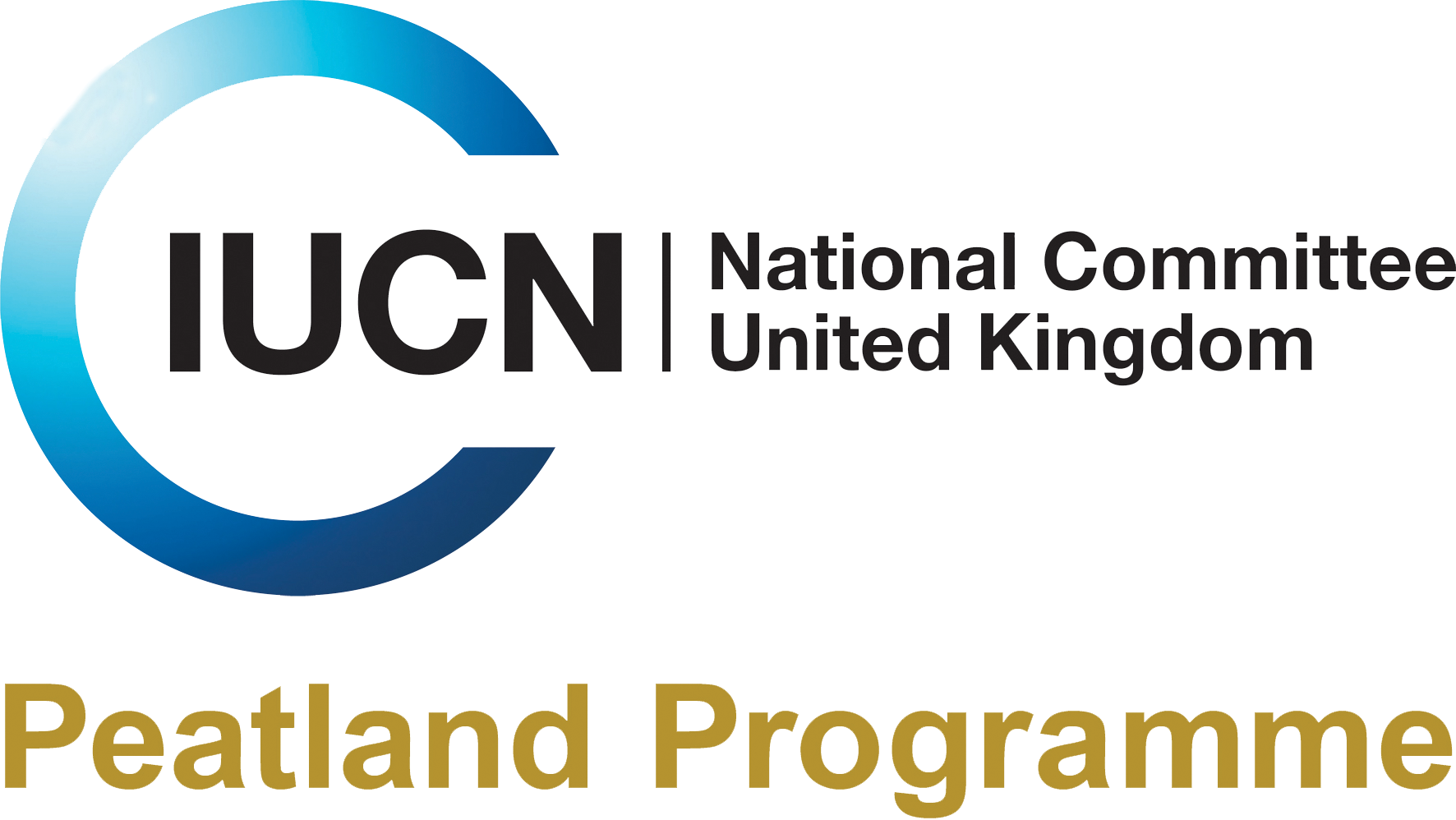Search
Search
Eyes on the Bog monitoring at the Water Works project
A new set of monitoring equipment has been installed at the Water Works project site in East Anglia, by our Eyes on the Bog Champion, Jack Clough of the University of East London.
200 Projects for the Peatland Code
The IUCN UK Peatland Progamme have today marked a landmark milestone for projects registering for the Peatland Code.
Langlands Moss Restoration works underway
Peatland restoration underway to help restore Local Nature Reserve - Langlands Moss and surrounding woodland habitats.
WaterLANDS: New European Green Deal project launched to lead largescale restoration of European wetlands
An ambitious project has been launched to tackle largescale restoration of Europe’s wetlands, with €23 million of funding from the EU Horizon 2020 Programme Green Deal.
Ordinary moss
Ordinary moss is very common in gardens and woodlands. moss provides shelter for many minibeasts, so encourage it to grow in your garden by providing logs, stone piles and untidy areas.
Marsh hair moss
The marsh hair moss is the largest moss in the UK. Look out for it in damp woodland and on boggy heathlands where it forms large, green and spikey 'cushions'.
An update on the Peatland Code
The Peatland Code continues to grow rapidly with 79 projects now registered and 10,300 ha of expected peatland restoration.
Yorkshire Peat Partnership: A music video on Fleet Moss
With the help of Yorkshire Peat Partnership, musician Sarah Smout filmed a music video on Fleet Moss which aims to raise awareness of the importance of peatlands.
Sphagnum moss
Sphagnum mosses carpet the ground with colour on our marshes, heaths and moors. They play a vital role in the creation of peat bogs: by storing water in their spongy forms, they prevent the decay…
My project
Craig gives up his time volunteering in the Bluebell Community Garden. Transforming the garden into a positive space for local people to enjoy, Craig has felt himself become relaxed and happier,…
Marches Mosses BogLIFE Project and Australian Wetlands Collaboration puts Arts Council England Funding to Work
Mosses and Marches: Exciting new international collaboration - as seen through the eyes of artists - questions how we think about and value natural environments through works centred on the raised…
